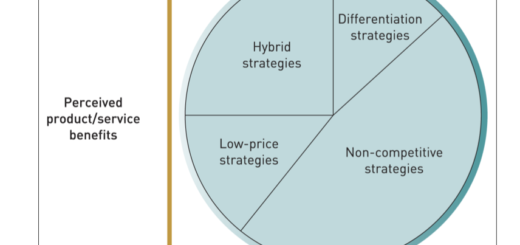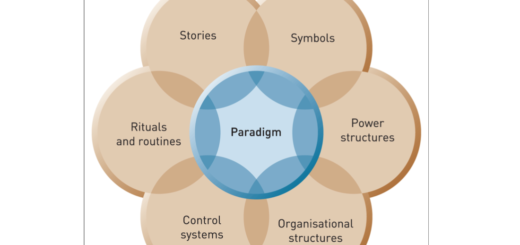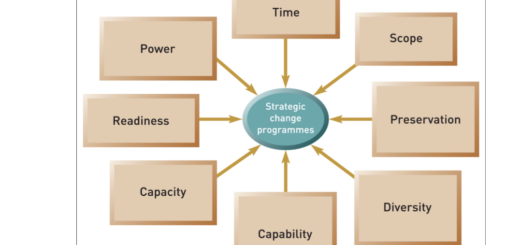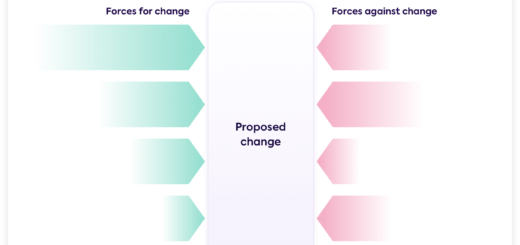Behavioral Approach to Leadership (Likert, 1961)
The behavioral approach to leadership focuses on the actions and behaviors exhibited by leaders, rather than their inherent traits or qualities. This approach suggests that effective leadership can be learned and developed through the adoption of specific behaviors. Rensis Likert, a renowned psychologist, conducted extensive research on leadership and developed a framework for understanding leadership behaviors.
In 1961, Likert proposed four different leadership styles, also known as “systems,” based on a leader’s behavior. These styles are:
- System 1 – Exploitative-Authoritative: This style is characterized by a top-down approach, where leaders make decisions without consulting their subordinates. Communication is primarily downward, with little to no feedback from followers. Control and punishment are used to maintain order and discipline.
- System 2 – Benevolent-Authoritative: This style is similar to System 1 in that leaders still make decisions without significant input from subordinates. However, there is more communication, and the leader shows some concern for the well-being of their followers. Control is still maintained through rewards and punishment, but with a more paternalistic approach.
- System 3 – Consultative: In this style, leaders involve their subordinates in the decision-making process, seeking their opinions and ideas. Communication is more open, and there is a greater emphasis on collaboration and trust. However, the final decision-making authority still rests with the leader.
- System 4 – Participative: This style is characterized by a high degree of collaboration and shared decision-making between the leader and their followers. Communication is open and flows in both directions. The leader trusts and empowers their subordinates, and there is a strong emphasis on teamwork, goal-setting, and shared responsibility.
According to Likert, the most effective leadership style is System 4 – Participative, as it promotes a positive work environment, higher employee motivation, and increased productivity. However, it is essential to recognize that different situations and contexts may require different leadership styles.
The behavioral approach, as demonstrated by Likert’s research, offers valuable insights into how specific actions and behaviors can contribute to effective leadership. By understanding and adopting appropriate leadership behaviors, individuals can enhance their leadership capabilities and adapt to the needs of their team and organization.
Dimension of Leadership Styles
Rensis Likert’s leadership styles, as discussed earlier, focus on different leadership behaviors. In the broader context of the behavioral approach to leadership, there are two primary dimensions: relationship-oriented leadership and task-oriented leadership. Here’s a brief overview of these dimensions in relation to Likert’s leadership styles:
- Relationship-Oriented Leaders (Managers): These leaders prioritize the interpersonal aspects of their roles, focusing on building strong relationships with their followers, fostering a positive work environment, and ensuring the well-being of their team members. Relationship-oriented leaders tend to exhibit behaviors associated with Likert’s System 3 (Consultative) and System 4 (Participative) leadership styles. They value open communication, trust, collaboration, and shared decision-making. These leaders are more likely to have higher levels of employee satisfaction, engagement, and motivation.
- Task-Oriented Leaders (Managers): Task-oriented leaders focus on achieving goals, organizing work, and ensuring that tasks are completed efficiently and effectively. They are more concerned with the technical aspects of their roles and prioritize productivity and results over the interpersonal aspects. Task-oriented leaders often exhibit behaviors associated with Likert’s System 1 (Exploitative-Authoritative) and System 2 (Benevolent-Authoritative) leadership styles. They maintain control through top-down decision-making, clear directives, and, in some cases, the use of rewards and punishments. Task-oriented leaders can be effective in situations where quick decision-making and a strong focus on goals are required.
In practice, effective leadership often requires a balance between relationship-oriented and task-oriented behaviors. Leaders need to be able to adapt their approach based on the specific needs of their team members, the nature of the tasks they are responsible for, and the context in which they are operating. By understanding and incorporating both relationship-oriented and task-oriented behaviors, leaders can develop a more flexible and adaptive leadership style that contributes to the success of their teams and organizations.







1 Response
[…] Behavioral Approach: The behavioral approach emphasizes the actions and behaviors of leaders rather than their inherent traits. It concentrates on the leader as the key actor and identifies specific behaviors associated with effective leadership. Two key dimensions of leadership behavior are task-oriented behaviors (focused on goal achievement and organizing work) and people-oriented behaviors (focused on interpersonal relationships and the well-being of followers). […]